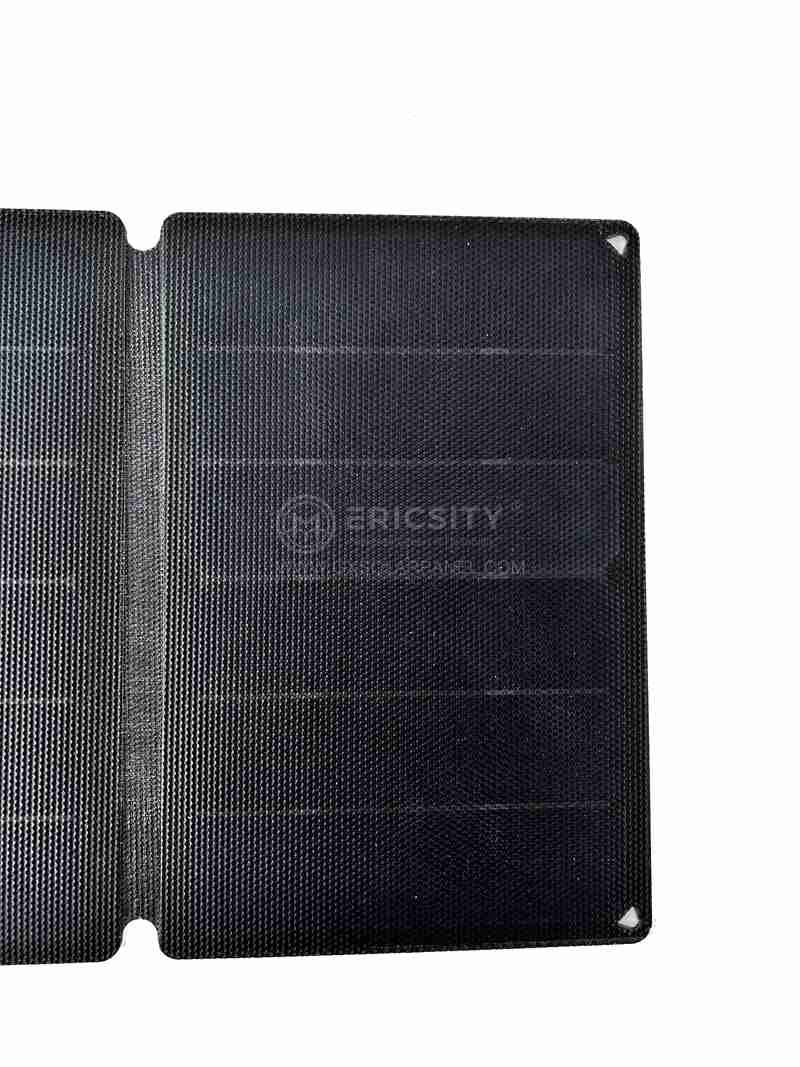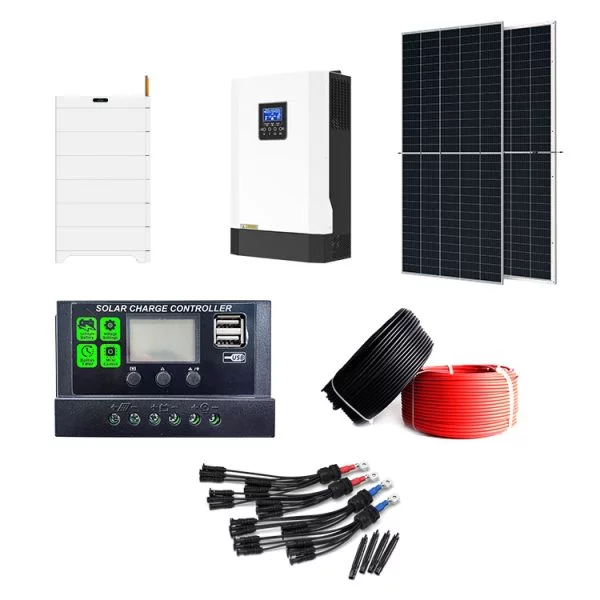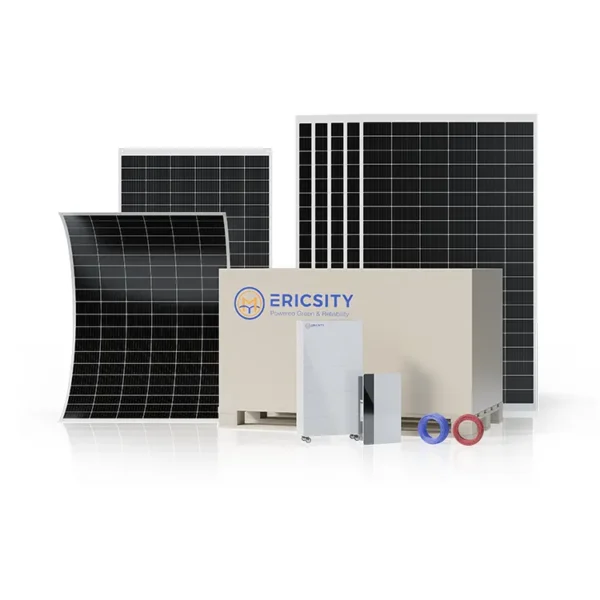HOT PRODUCT
Product Details
Solar Innovation With Clarity: The Advantages Of Mono Flexible Panels
Solar Innovation With Clarity: The Advantages Of Mono Flexible Panels
In recent years, there has been a growing demand for more flexible and efficient solar panels. With advancements in technology, mono flexible panels have emerged as a promising solution. These panels offer numerous advantages over traditional solar panels, making them an appealing choice for both residential and commercial use. In this article, we will explore the benefits of mono flexible panels and their potential impact on the solar industry.

First and foremost, mono flexible panels are designed to be incredibly lightweight and thin. Unlike rigid solar panels, which can be bulky and rigid, these panels are flexible enough to conform to various surfaces, including curved or uneven ones. This flexibility opens up a whole new range of possibilities for solar panel installation. For instance, they can be integrated seamlessly into building materials such as roofs or facades, eliminating the need for additional mounting systems. This not only improves the aesthetic appeal of buildings but also increases the overall efficiency of solar energy generation.

Another advantage of mono flexible panels is their superior efficiency. These panels are made from monocrystalline silicon cells, which are known for their higher energy conversion rates compared to other types of solar cells. This means that mono flexible panels can generate more electricity in the same amount of sunlight, allowing for greater energy production. With higher efficiency, users can harness more solar energy, reducing their reliance on the grid and lowering their carbon footprint.
Furthermore, mono flexible panels are highly durable and resistant to various environmental conditions. They are built to withstand extreme temperatures, humidity, and even hailstorms. The use of advanced materials and manufacturing techniques ensures that these panels can last for decades, leading to long-term cost savings for consumers. Additionally, their flexibility allows them to withstand strong winds and vibrations without compromising their performance, making them ideal for regions prone to severe weather events.
The lightweight nature of mono flexible panels also simplifies transportation and installation. Traditional solar panels are often heavy and require specialized handling and mounting equipment. In contrast, mono flexible panels can be easily rolled up and transported to the installation site, reducing logistical challenges. Their flexibility also makes the installation process quicker and more straightforward, resulting in lower labor costs and faster project completion times.
The versatility of mono flexible panels extends beyond just buildings. They can be used in a wide range of applications, including mobile and off-grid systems. For example, they can be integrated into vehicles and boats to provide a portable and renewable source of power. Additionally, mono flexible panels can be used in remote areas to power essential equipment, such as water pumps or communication systems. Their flexibility and efficiency make them an invaluable tool for addressing energy needs in various situations.
In conclusion, mono flexible panels offer a range of advantages that make them a compelling option in the solar industry. Their lightweight and flexible design allows for seamless integration into various surfaces, improving both aesthetics and performance. With higher energy conversion rates and durability, these panels maximize energy generation and reduce long-term maintenance costs. Their versatility and ease of installation further enhance their appeal, making them suitable for a wide range of applications. As solar innovation continues to progress, mono flexible panels have the potential to shape the future of renewable energy.




